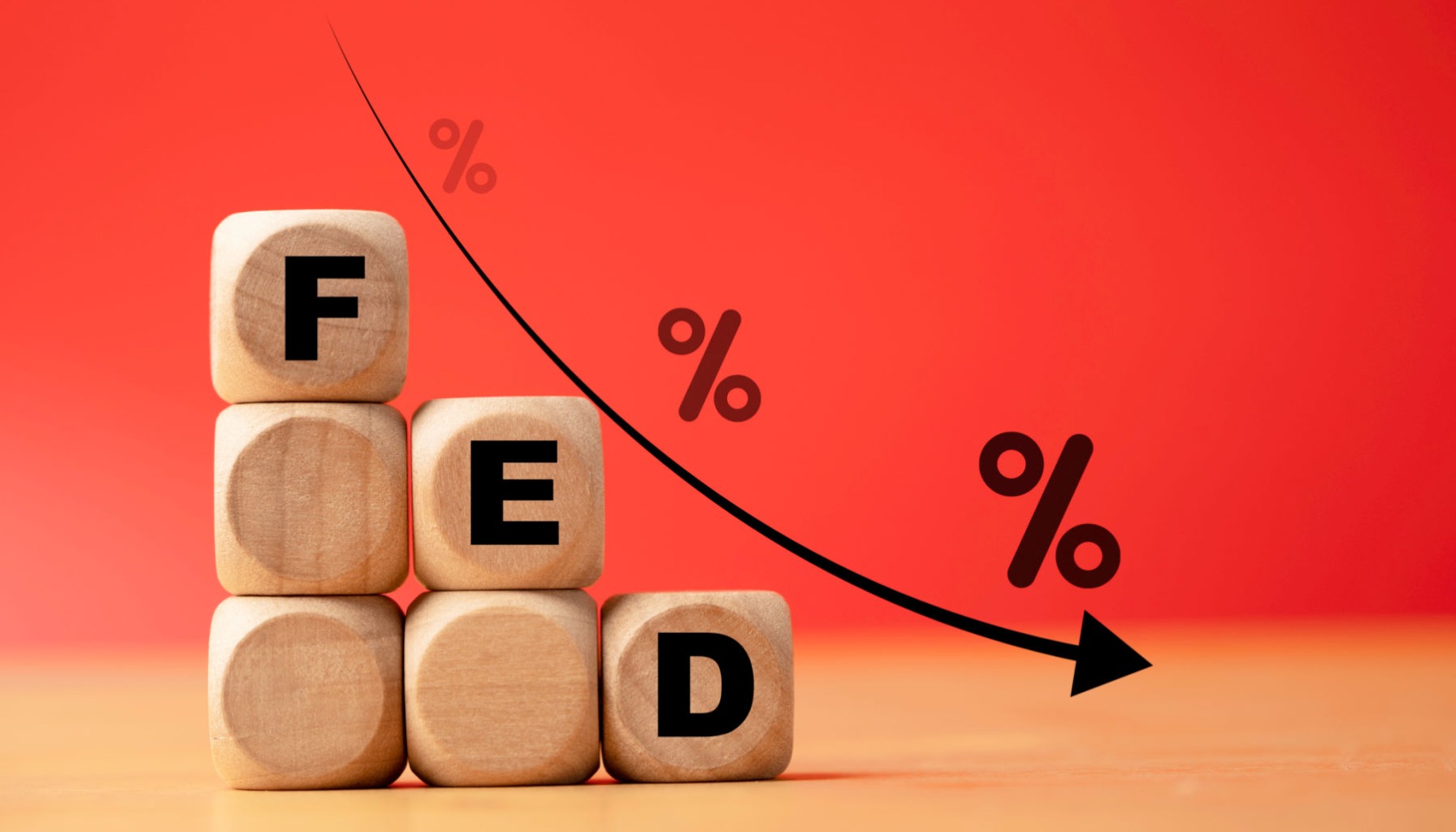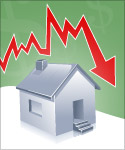Well, the big question on everyone's mind lately has been about interest rates. Will they keep going up, down, or just hang out where they are? J.P. Morgan Global Research is weighing in, and their take is pretty significant for anyone trying to make sense of their finances. The big news is that the Federal Reserve just made a move – a 25 basis point cut in interest rates, which is what most folks expected. But what does this mean for the future? According to J.P. Morgan, we're likely to see two more cuts in 2025 and then one more in 2026. This is a big deal because how these cuts unfold could really change how well different investments perform.
It’s easy to get lost in all the economic jargon, but understanding what J.P. Morgan predicts about interest rates is like having a map for your financial journey. As someone who's followed financial markets for a while, I see a lot of commentary, but the analysis from a firm like J.P. Morgan carries a lot of weight. They have the resources and the smart people to really dig deep. So, what exactly are they telling us, and more importantly, what could it mean for you and me?
Interest Rate Predictions for 2025 and 2026 by J.P. Morgan Global Research
The Fed's Recent Move and What It Signals
You might remember that the Federal Reserve, often called the Fed, decided to lower its key interest rate by a quarter of a percent in September. This put the target range for the federal funds rate at 4.0% to 4.25%. This was the first time they’d cut rates in about nine months, and it happened after some job reports came in softer than people were expecting.
Now, was this the start of a big trend, or just a little pause? Fed Chair Jerome Powell described this cut as a way to “manage risk” – basically, to stop things from slowing down too much in the job market. He didn't explicitly say it was the beginning of a long string of cuts.
J.P. Morgan's Outlook for 2025 and 2026
This is where J.P. Morgan's prediction gets interesting. They're looking ahead and saying that two more interest rate cuts are likely in 2025, and then one more in 2026. This is a different picture than just a one-off cut.
Michael Feroli, the chief U.S. economist at J.P. Morgan, shed some light on this. He pointed out that the Fed's economists have different ideas about where rates should go. Some think rates should be lower than others. He believes this recent cut was more like an “insurance cut” – a way to play it safe – rather than a fundamental change in how the Fed will react to the economy.
Feroli also said that it would take a pretty big change in the job market for the Fed not to cut rates again in October. They only have one more jobs report to look at before that meeting. However, he also mentioned that if things stay stable in the fourth quarter, especially if the unemployment rate doesn't climb, the Fed might decide to pause after their October or December meetings.
Powell himself mentioned that the economy is in a “curious kind of balance.” He noted that both people looking for jobs (labor supply) and companies looking to hire (labor demand) have seen big, unexpected drops. Yet, he also said the economy is doing pretty well overall. Feroli added that the fact that the Fed's forecast for unemployment in 2025 didn't change much might mean they're not reading too much into the recent job slowdown. Still, everyone agreed to cut rates, showing they are worried about unemployment risks becoming real.
What Could These Fed Rate Cuts Mean for Your Investments?
This is the million-dollar question for many of us! According to J.P. Morgan's research, how your investments perform will really depend on two things: whether there’s a recession, and how much the Fed actually cuts rates overall. They’ve looked at what has happened in the past in similar situations.
Here’s a breakdown of two main scenarios they see:
Scenario 1: Recessionary Easing
If the economy heads into a recession, J.P. Morgan thinks that US Treasuries (government bonds) and gold could do better than riskier investments.
- Why Treasuries and Gold might shine: Fabio Bassi, who leads Cross-Asset Strategy at J.P. Morgan, explained that gold is a good safe haven when people are worried about the economy. Plus, when interest rates are lower, the “opportunity cost” of holding gold (which doesn't pay interest) goes down. For U.S. Treasuries, they are seen as safe bets in uncertain times.
- What about riskier assets? In contrast, investments like U.S. high-yield corporate bonds (which are basically loans to companies with lower credit ratings) and the S&P 500 (a blend of the biggest U.S. companies) usually don't do well during recessions. Their returns tend to be negative.
Scenario 2: Non-Recessionary Easing
If the economy doesn't go into a recession while the Fed is cutting rates, the picture looks much brighter for “risk-on” investments – meaning investments that tend to do better when the economy is healthy.
- Riskier assets could lead the pack: In this scenario, the S&P 500 and U.S. high-yield corporate bonds are expected to lead the returns, meaning they could perform the best.
- Gold's role: Gold could still offer some diversification and see positive returns, but probably not as much as it would during a recession.
J.P. Morgan also looked at specific timing within non-recessionary easing:
- Mid-Cycle Easing: This happens when rates are moving from high to lower, but the economy is still in a good phase. Historically, gold and the S&P 500 have seen the biggest average returns here, followed by Treasuries and U.S. high-yield.
- Late-Cycle Easing: This occurs after a long pause, when the Fed cuts rates to try and boost the economy because it's been growing for a while. In these situations, most investments tend to do well. Gold and U.S. high-yield often lead, but the U.S. Dollar Index can actually see negative returns because lower interest rates make holding dollars less attractive.
Bassi concluded that based on the Fed's “insurance cut” and their main prediction that a recession is not likely, they're anticipating what looks like a typical mid-cycle, non-recessionary easing scenario. This is important because it suggests a more positive outlook for many investments, especially stocks.
From my perspective, this distinction between recessionary and non-recessionary easing is crucial. It highlights that how the economy is doing while rates are falling matters a great deal for where your money might grow best. It's not just about the direction of rates, but the economic story that's playing out alongside it. J.P. Morgan's analysis provides a valuable framework for understanding these complex dynamics.
“Generate Cash Flow Through Turnkey Real Estate”
The Federal Reserve’s decisions on interest rates impact everything—from your mortgage payments to your savings yields. Market analysts now anticipate additional rate cuts over the coming months—potentially lowering the rate to around 3.50%–3.75% by the end of 2025.
This shift could open new opportunities for homebuyers and real estate investors looking to secure better financing terms.
🔥 Lower Rates Mean Smarter Investment Opportunities! 🔥
Talk to a Norada investment counselor today (No Obligation):
(800) 611-3060
Want to Know More?
Explore these related articles for even more insights:
- Fed Interest Rate Predictions: October to December 2025
- Fed Interest Rate Forecast for the Next 12 Months
- Federal Reserve Cuts Interest Rate by 0.25%: Two More Cuts Expected in 2025
- Fed Projects Two Interest Rate Cuts Later in 2025
- Interest Rate Predictions for the Next 3 Years: 2025, 2026, 2027
- When is Fed's Next Meeting on Interest Rate Decision in 2025?
- Interest Rate Predictions for the Next 10 Years: 2025-2035
- Interest Rate Predictions for 2025 by JP Morgan Strategists
- Interest Rate Predictions for Next 2 Years: Expert Forecast
- Fed Funds Rate Forecast 2025-2026: What to Expect?
- Interest Rate Predictions for 2025 and 2026 by NAR Chief
- Market Reactions: How Investors Should Prepare for Interest Rate Cut
- Impact of Interest Rate Cut on Mortgages, Car Loans, and Your Wallet




